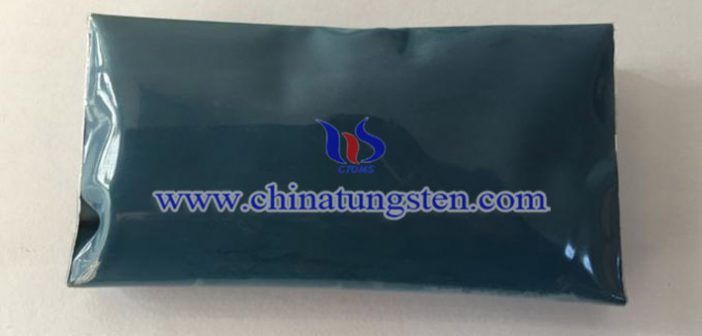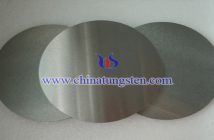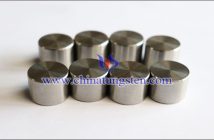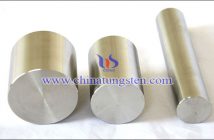As a new infrared absorbing material, or a spectral selective material, cesium tungsten bronze has received much attention. The spectral selective material may be an infrared absorbing material. And spectral selective materials are not limited to cesium tungsten bronze. It is reported that currently, the spectral selective materials applied for producing energy-saving glasses are mainly Low-E thin films, ITO, ATO, and LaB6.
More details, please visit:
http://cesium-tungsten-bronze.com/index.html
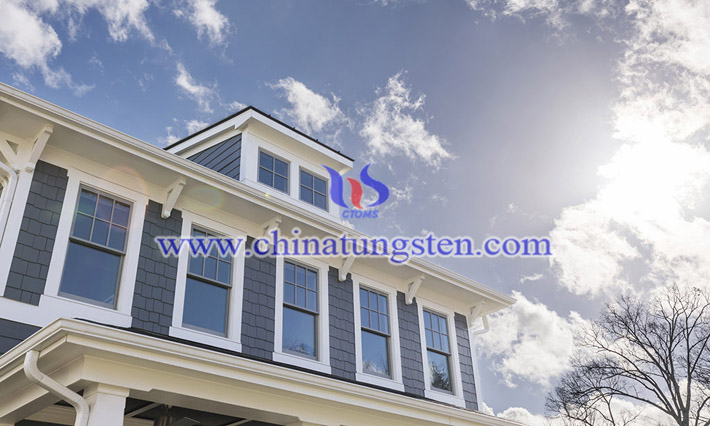
According to the experts, although the Low-E film exhibits excellent heat insulation capabilities, its preparation process is complex and requires the construction of multiple layers of fine nano-coatings to ensure the bonding strength of the film to the substrate and the oxidation resistance of the film. ITO, ATO and LaB6 are chemically stable and can be coated on the glass surface by solution chemistry, but these two materials can only shield part of the infrared light in the 1500-2500nm and 600-1500nm regions, respectively. In addition, the preparation conditions of LaB6 are relatively harsh. While the cesium tungsten bronze has two types of infrared light absorption mechanisms: plasmon resonance and small polarons. The spectral selectivity of cesium tungsten bronze is significantly better than the above materials. Moreover, cesium tungsten bronze is cheap and non-toxic, so it is regarded as a transparent heat insulation material with great development prospects.

